- 1 Understanding the Importance of Sludge Dewatering Machine in Modern Industry
- 2 Top 5 Applications for Sludge Dewatering Equipment
- 3 How to Choose the Best Belt Press Sludge Dewatering System for Your Needs
- 4 The Complete Guide to Centrifugal Sludge Dewatering Machine Operation
- 5 Essential Maintenance Tips for Industrial Sludge Dewatering Units
- 6 Cost Analysis: Mobile Sludge Dewatering Systems vs. Stationary Installations
- 7 Future Trends in Sludge Dewatering Technology
Understanding the Importance of Sludge Dewatering Machine in Modern Industry
The process of sludge dewatering has become increasingly crucial in various industries, from wastewater treatment plants to food processing facilities. A sludge dewatering machine serves as an essential tool for separating liquids from solids, reducing the volume of waste, and making disposal more cost-effective. This technology plays a vital role in environmental protection while helping organizations meet stringent regulatory requirements.
Eco-friendly Automatic Dewatering Spiral Screw Sludge Dewatering Machine QXDL-303
Modern sludge dewatering machines come in various configurations, each designed to handle specific types of sludge with different characteristics. The selection of appropriate equipment depends on multiple factors including the sludge composition, required dryness level, processing capacity, and available space. As industries continue to prioritize sustainability, the demand for efficient dewatering solutions has grown significantly.
Top 5 Applications for Sludge Dewatering Equipment
Sludge dewatering equipment finds applications across numerous sectors where liquid-solid separation is required. The versatility of these machines makes them indispensable in modern industrial operations.
Municipal Wastewater Treatment Plants
One of the primary applications of sludge dewatering equipment is in municipal wastewater treatment facilities. These plants process enormous volumes of sewage and require efficient methods to reduce sludge volume before disposal or further treatment.
Industrial Manufacturing Facilities
Various manufacturing processes generate sludge as a byproduct, particularly in industries such as:
- Paper and pulp production
- Textile manufacturing
- Chemical processing
- Metal finishing and plating
Food Processing Industry
The food industry produces organic sludge that requires proper handling to prevent environmental contamination while potentially recovering valuable byproducts.
How to Choose the Best Belt Press Sludge Dewatering System for Your Needs
When selecting a belt press sludge dewatering system, several critical factors must be considered to ensure optimal performance and cost-effectiveness.
Key Selection Criteria
The following table compares important considerations when choosing a belt press system:
| Factor | Importance | Considerations |
|---|---|---|
| Sludge Characteristics | High | Type of sludge, solids concentration, particle size |
| Required Cake Dryness | High | Final solids content needed for disposal or further processing |
| Processing Capacity | Medium | Daily volume of sludge to be processed |
| Available Space | Medium | Footprint requirements for the equipment |
| Operational Costs | High | Energy consumption, maintenance requirements, labor costs |
Advantages of Belt Press Systems
Belt press sludge dewatering systems offer several benefits compared to other dewatering methods:
- Continuous operation capability for high-volume processing
- Relatively low energy consumption compared to centrifuge systems
- Ability to handle various sludge types with proper conditioning
- Lower noise levels than some alternative technologies
The Complete Guide to Centrifugal Sludge Dewatering Machine Operation
A centrifugal sludge dewatering machine utilizes high-speed rotation to separate solids from liquids through centrifugal force. This technology has become increasingly popular for its efficiency and compact design.
Working Principle of Centrifugal Dewatering
The centrifugal dewatering process involves several key steps that occur within the rotating bowl of the machine:
- Sludge feed introduction into the rotating bowl
- Acceleration of the material to bowl speed
- Separation of solids due to centrifugal force
- Discharge of separated solids (cake) and clarified liquid (centrate)
Performance Comparison: Centrifugal vs. Other Dewatering Methods
The following table highlights how centrifugal dewatering compares to alternative technologies:
| Parameter | Centrifugal | Belt Press | Filter Press |
|---|---|---|---|
| Solids Capture Rate | 90-98% | 85-95% | 95-99% |
| Energy Consumption | High | Medium | Low |
| Footprint | Small | Medium | Large |
| Maintenance Requirements | High | Medium | Low |
Essential Maintenance Tips for Industrial Sludge Dewatering Units
Proper maintenance of industrial sludge dewatering units is crucial for ensuring long-term reliability, efficiency, and cost-effective operation.
Routine Maintenance Checklist
A comprehensive maintenance program for industrial sludge dewatering units should include the following components:
- Daily visual inspections of all moving parts
- Regular lubrication of bearings and mechanical components
- Monitoring and adjustment of belt tension in belt press systems
- Inspection and cleaning of nozzles in centrifugal systems
- Regular checking of drive systems and alignment
Common Issues and Troubleshooting
Operators of industrial sludge dewatering units frequently encounter several common problems:
| Problem | Possible Causes | Solutions |
|---|---|---|
| Poor Cake Dryness | Incorrect polymer dosage, worn belts, improper pressure | Adjust polymer feed, replace worn components, check pressure settings |
| Excessive Vibration | Unbalanced load, worn bearings, misalignment | Balance rotating components, replace bearings, realign system |
| Low Throughput | Feed pump issues, clogged lines, improper settings | Check pump performance, clean feed lines, verify control settings |
Cost Analysis: Mobile Sludge Dewatering Systems vs. Stationary Installations
The choice between mobile sludge dewatering systems and permanent installations involves careful consideration of both immediate and long-term costs.
Advantages of Mobile Systems
Mobile sludge dewatering systems offer several unique benefits that make them attractive for certain applications:
- Flexibility to serve multiple locations or temporary sites
- Lower initial capital investment compared to permanent installations
- Ability to respond quickly to emergency situations or seasonal demands
- Elimination of permanent structure costs and site preparation
Total Cost of Ownership Comparison
The following table provides a comparative analysis of costs between mobile and stationary systems over a 5-year period:
| Cost Component | Mobile System | Stationary System |
|---|---|---|
| Initial Investment | $150,000 - $300,000 | $500,000 - $1,000,000+ |
| Transportation Costs | $5,000 - $20,000/year | None |
| Maintenance Costs | $15,000 - $30,000/year | $10,000 - $25,000/year |
| Operational Flexibility | High | Low |
| Useful Lifespan | 7-10 years | 15-20 years |
Future Trends in Sludge Dewatering Technology
The field of sludge dewatering continues to evolve with technological advancements aimed at improving efficiency, reducing environmental impact, and lowering operational costs.
Emerging Technologies
Several promising developments are shaping the future of sludge dewatering:
- Advanced automation and IoT integration for real-time monitoring
- Improved polymer formulations for better flocculation
- Energy recovery systems to reduce overall power consumption
- Hybrid systems combining multiple dewatering technologies
Sustainability Considerations
Modern sludge dewatering machines are increasingly designed with sustainability in mind:
- Reduced water consumption in the dewatering process
- Options for energy-efficient operation modes
- Materials and designs that extend equipment lifespan
- Integration with resource recovery systems

 ENG
ENG
 English
English русский
русский Español
Español Tiếng Việt
Tiếng Việt ไทย
ไทย
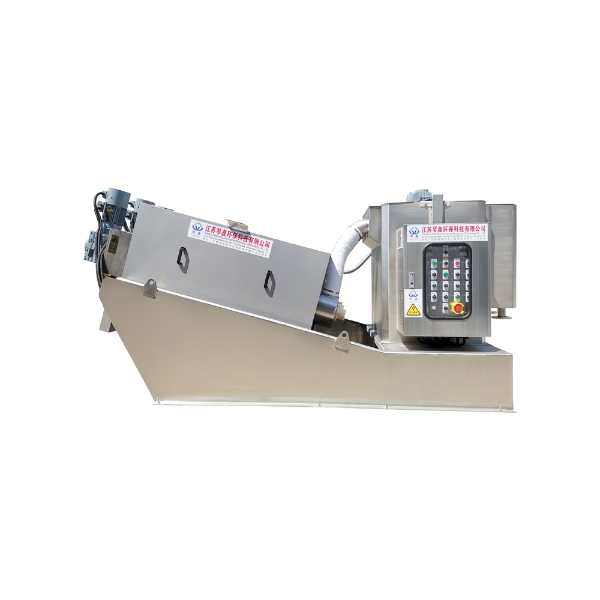
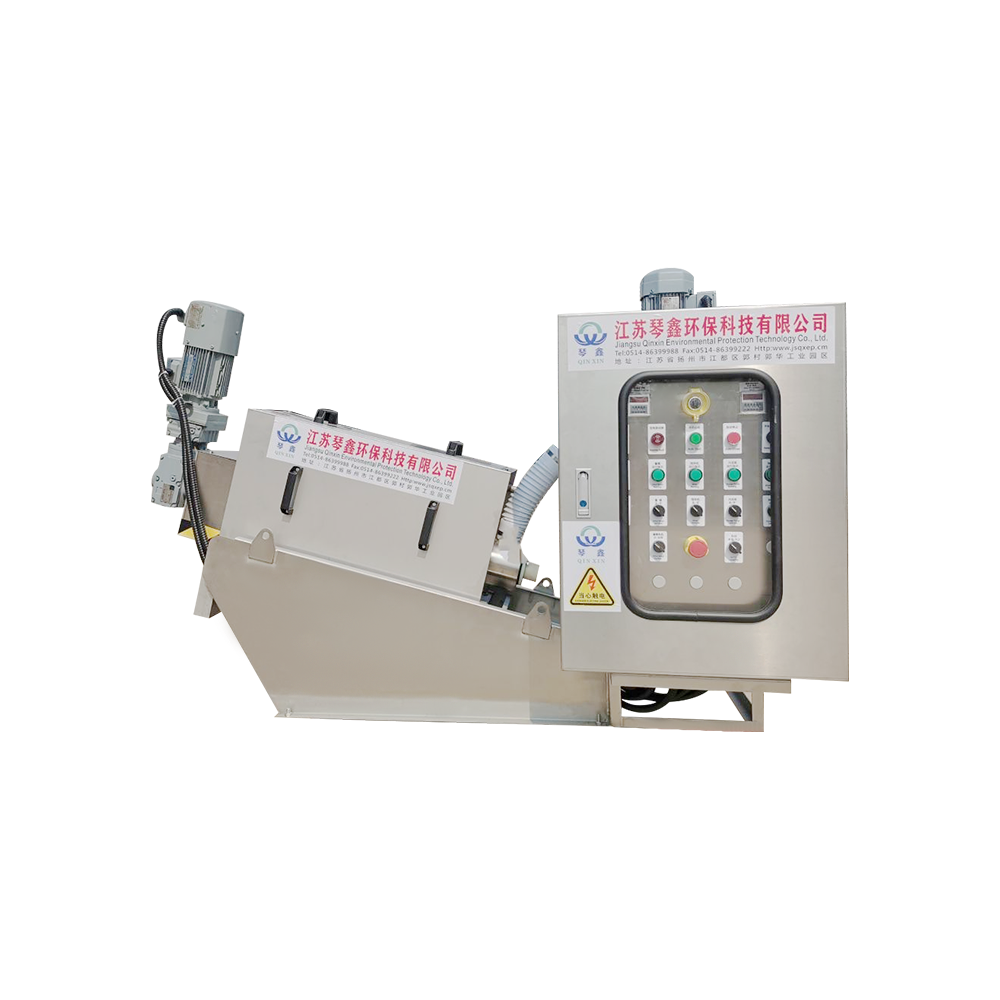
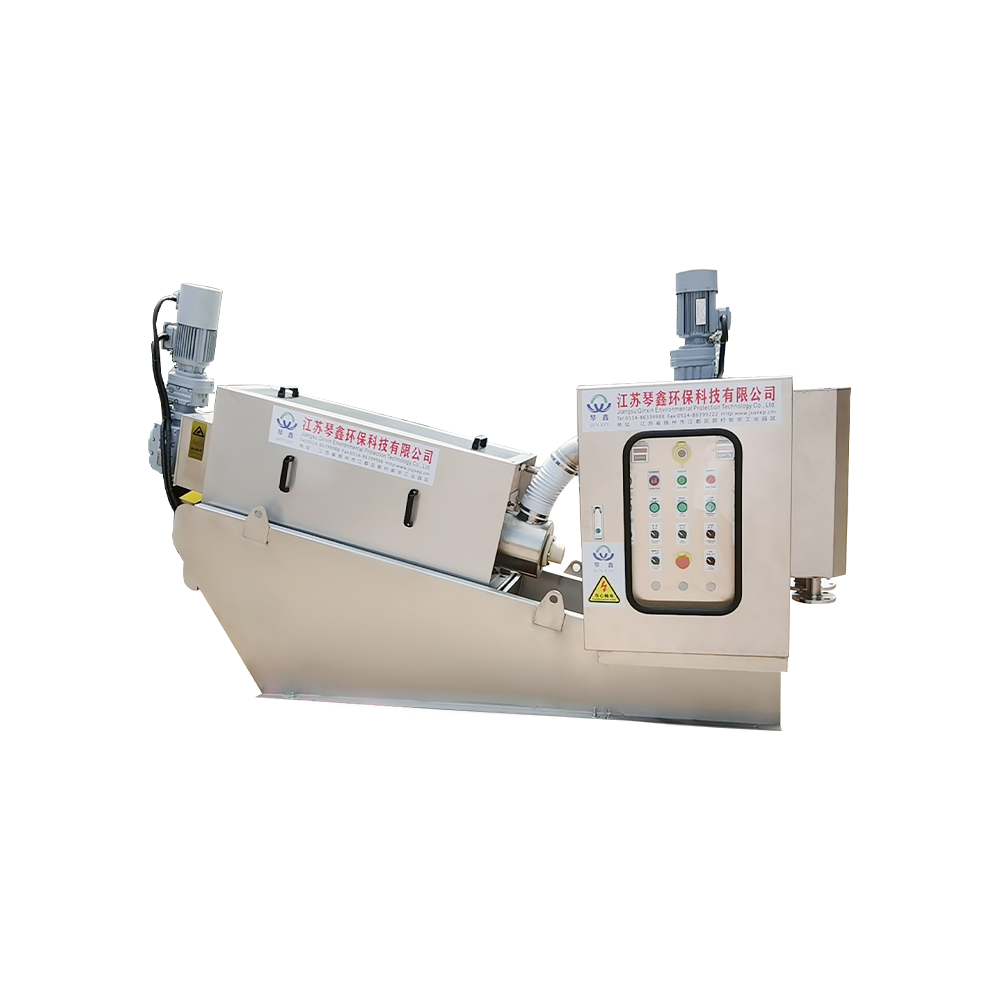
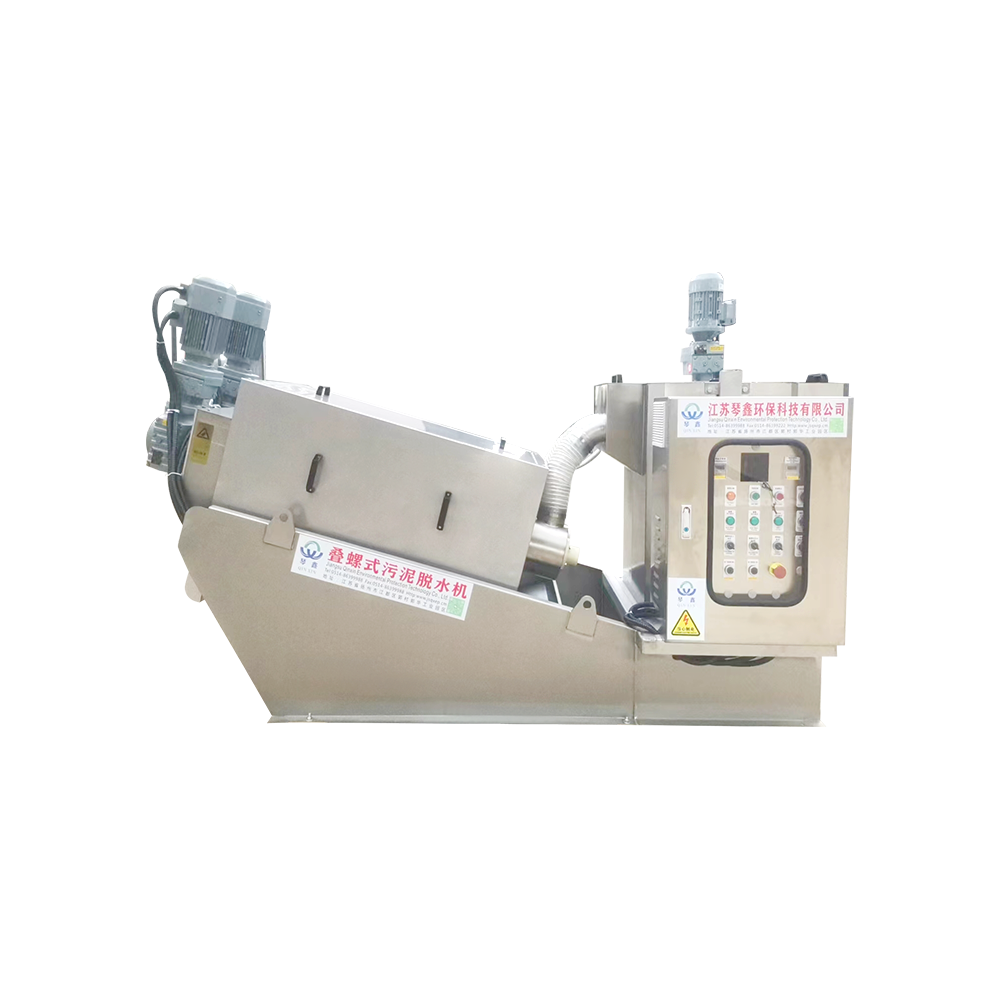
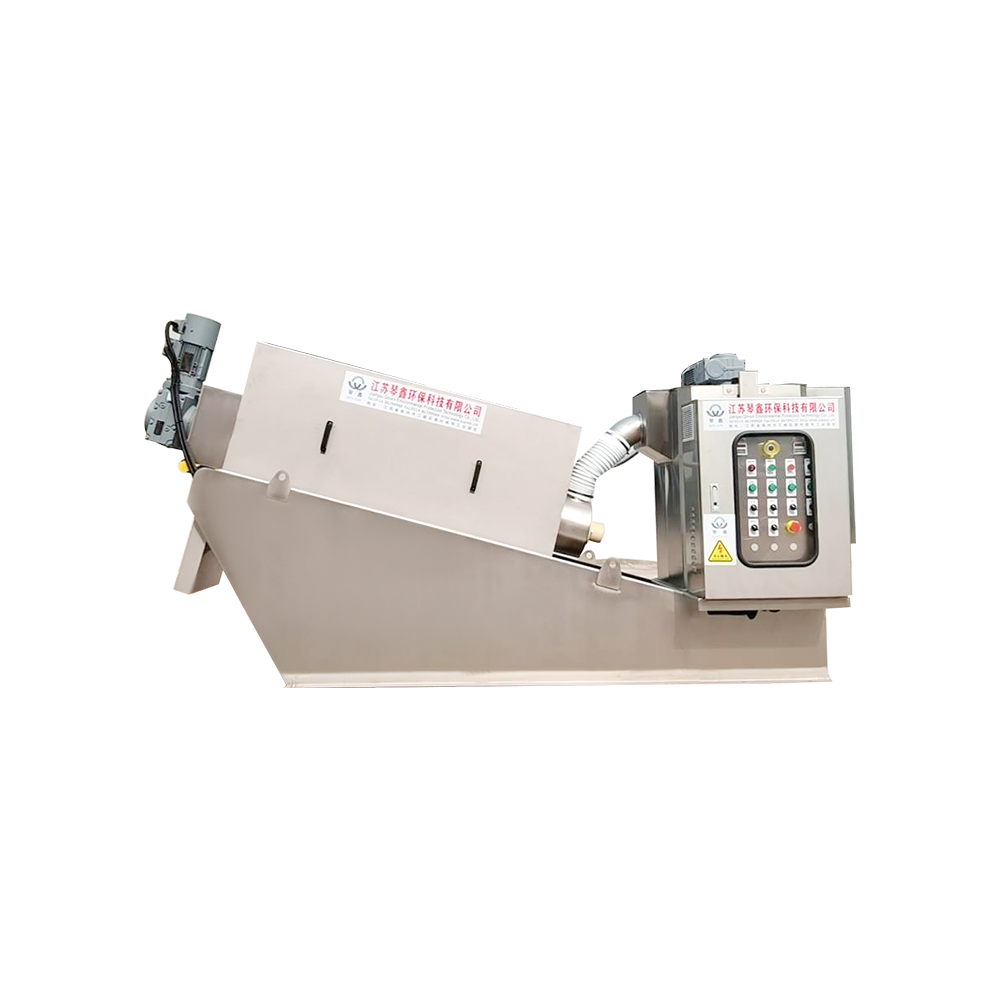

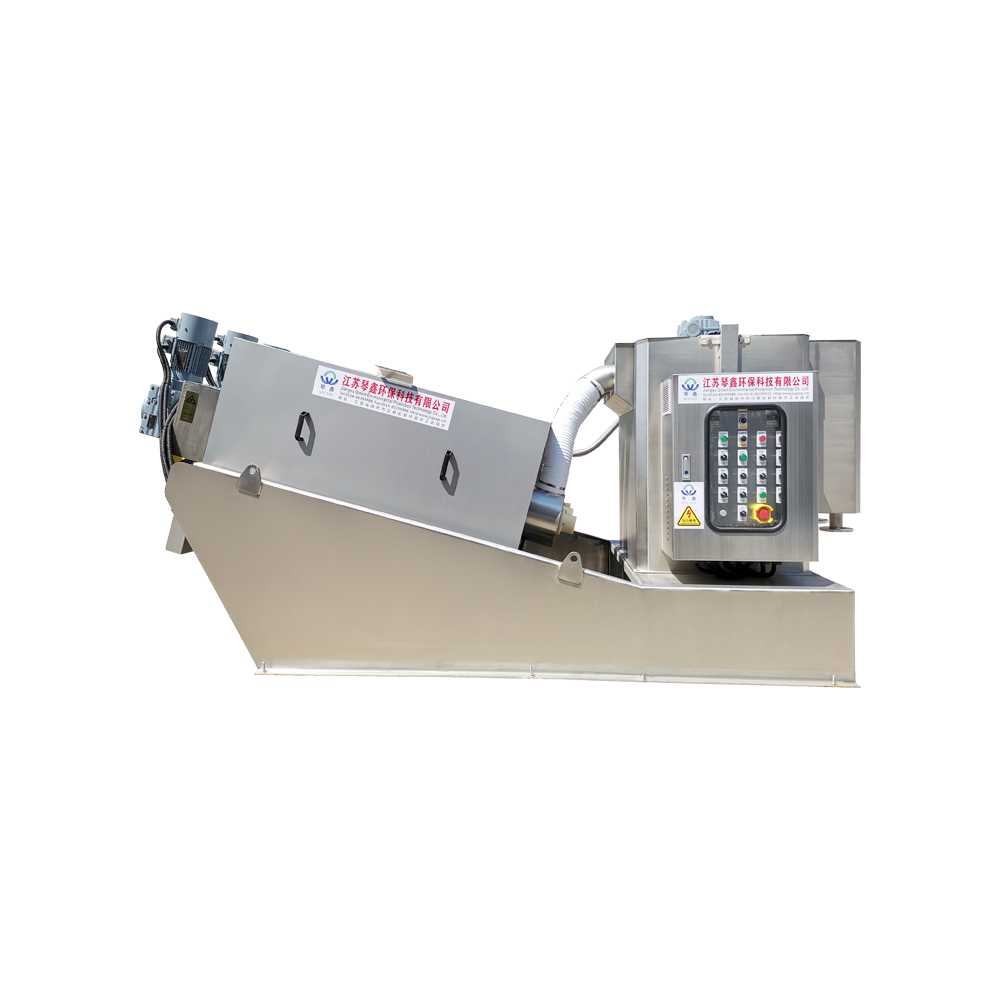
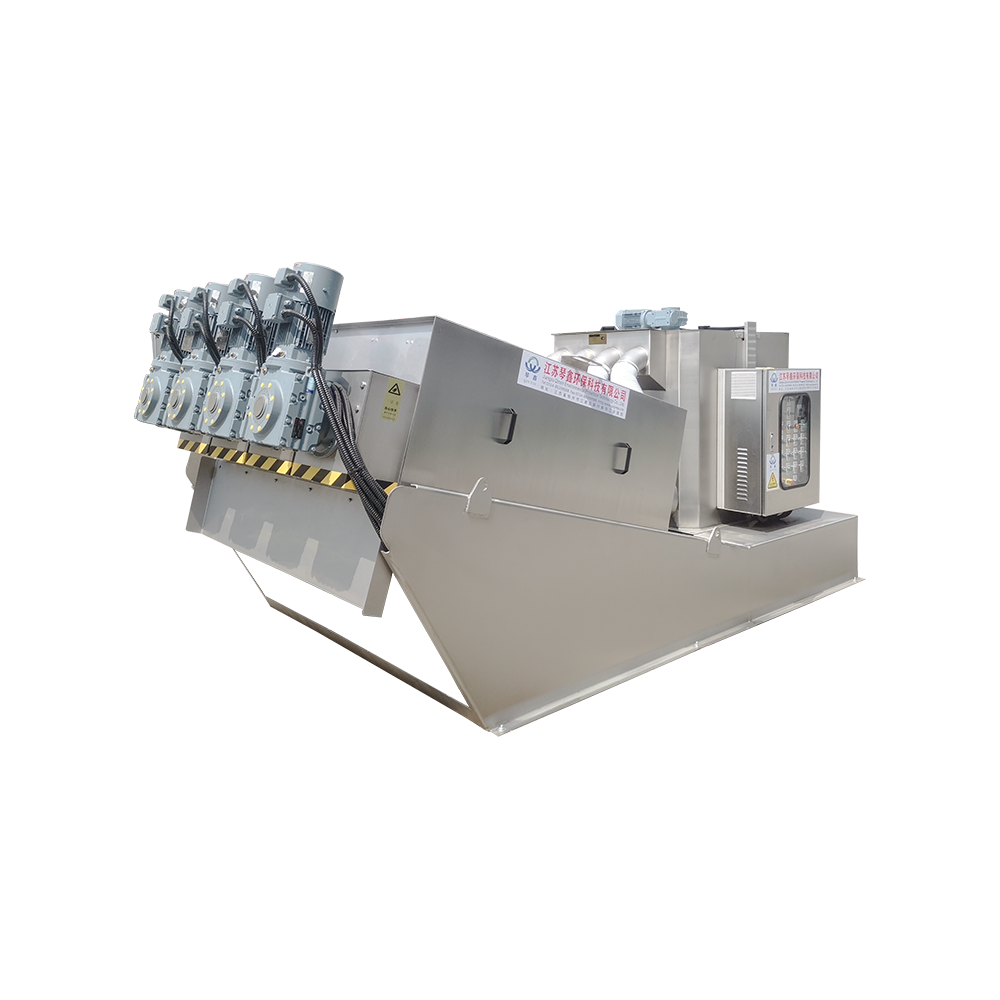
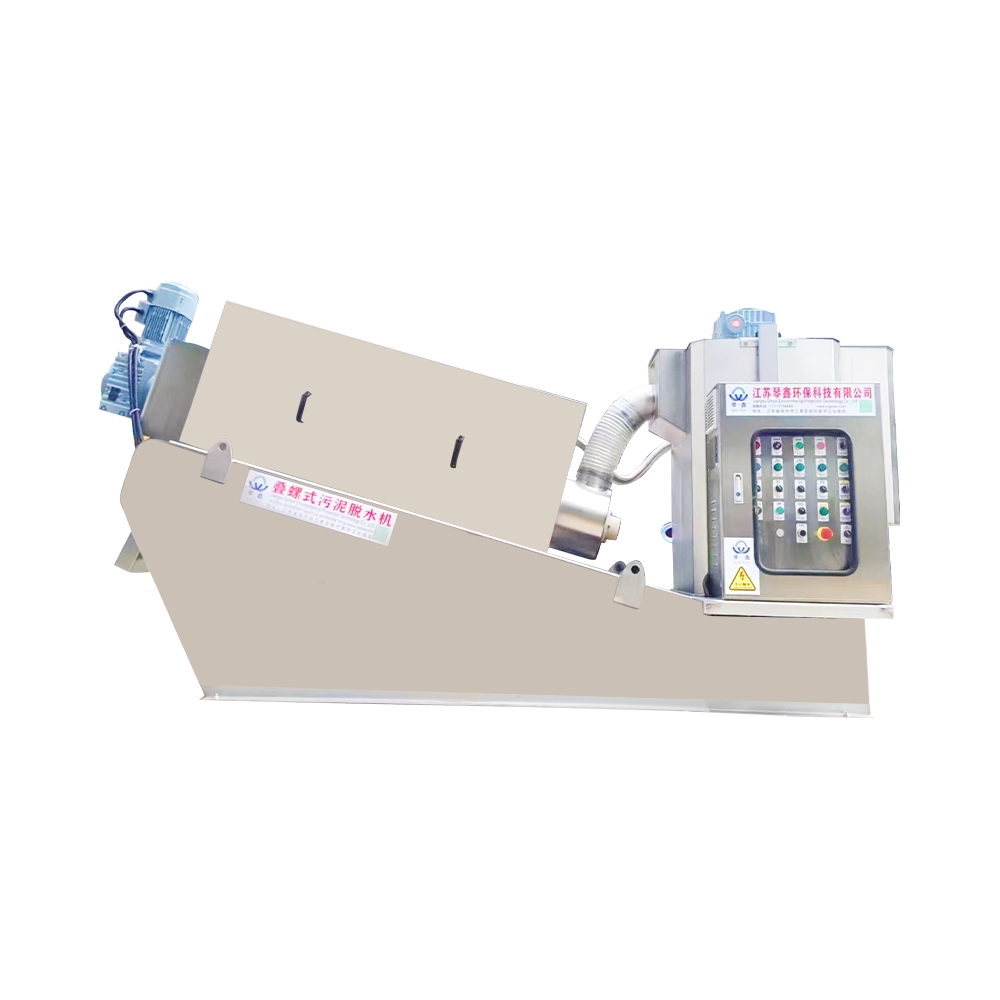

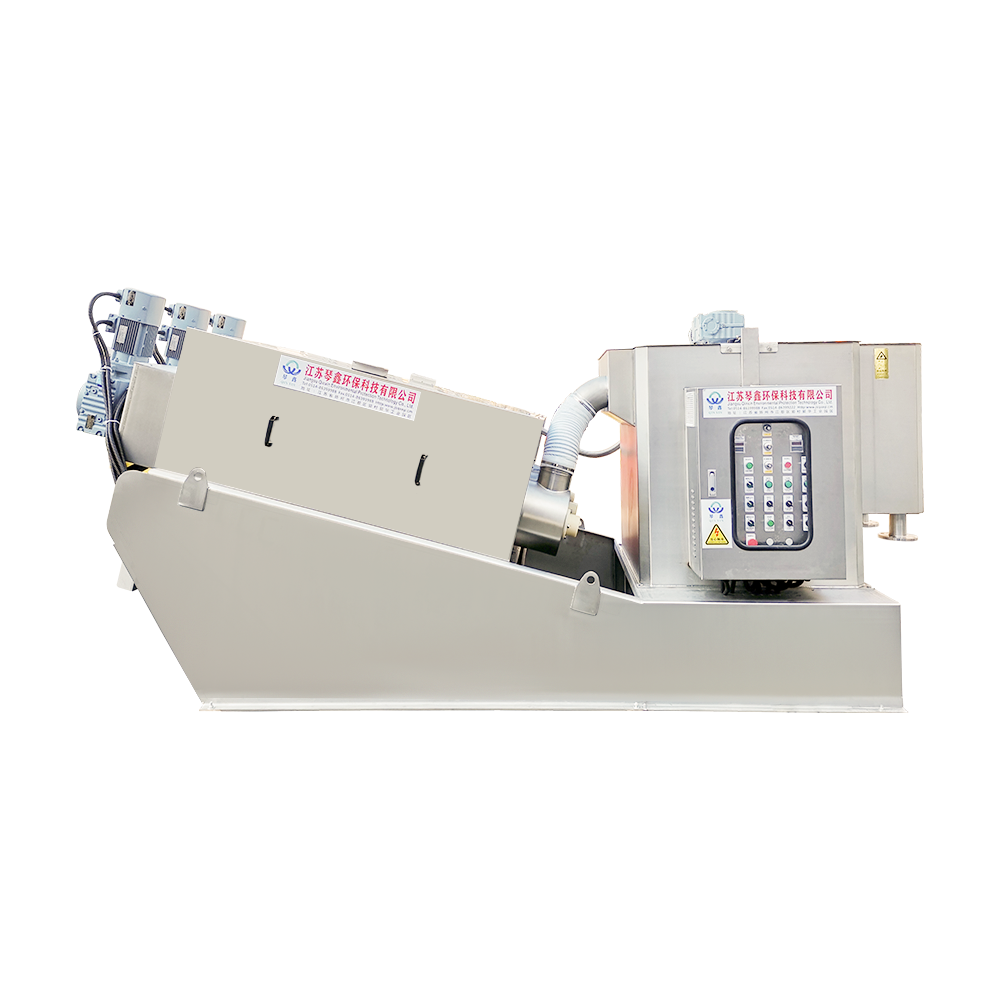
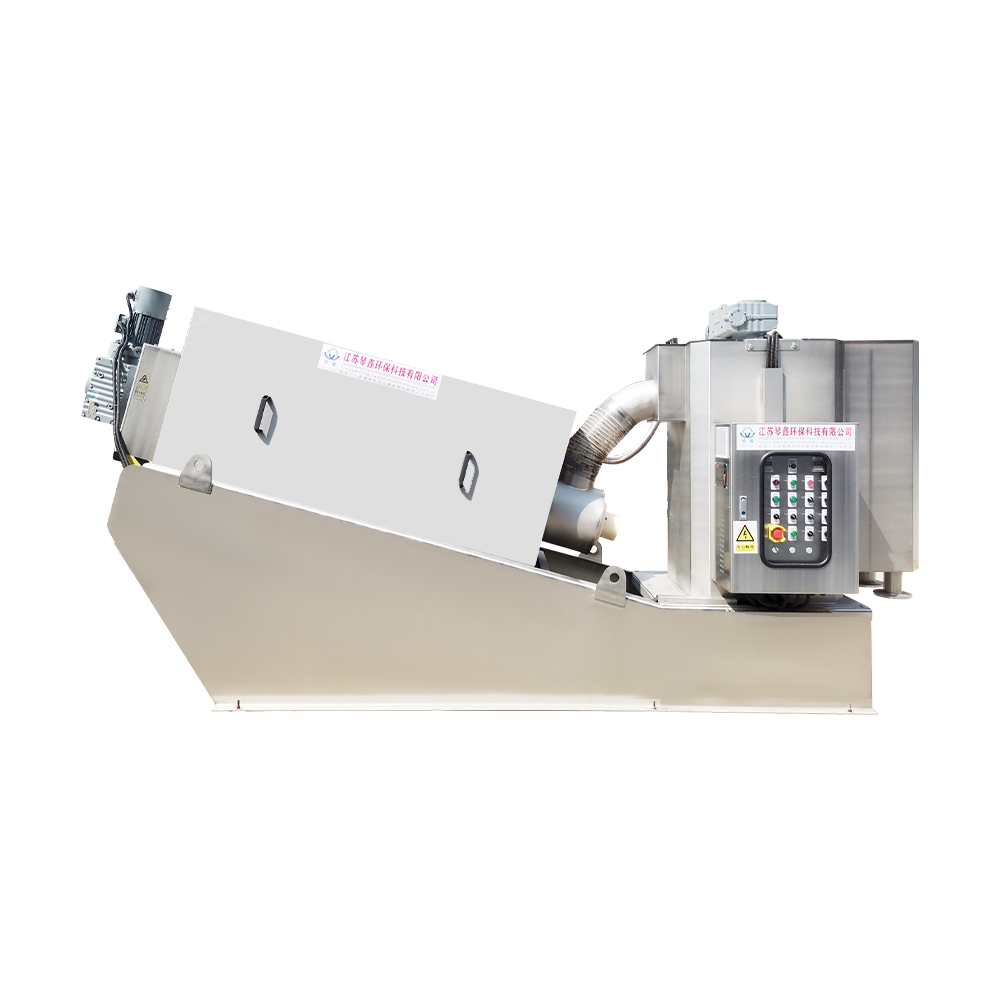
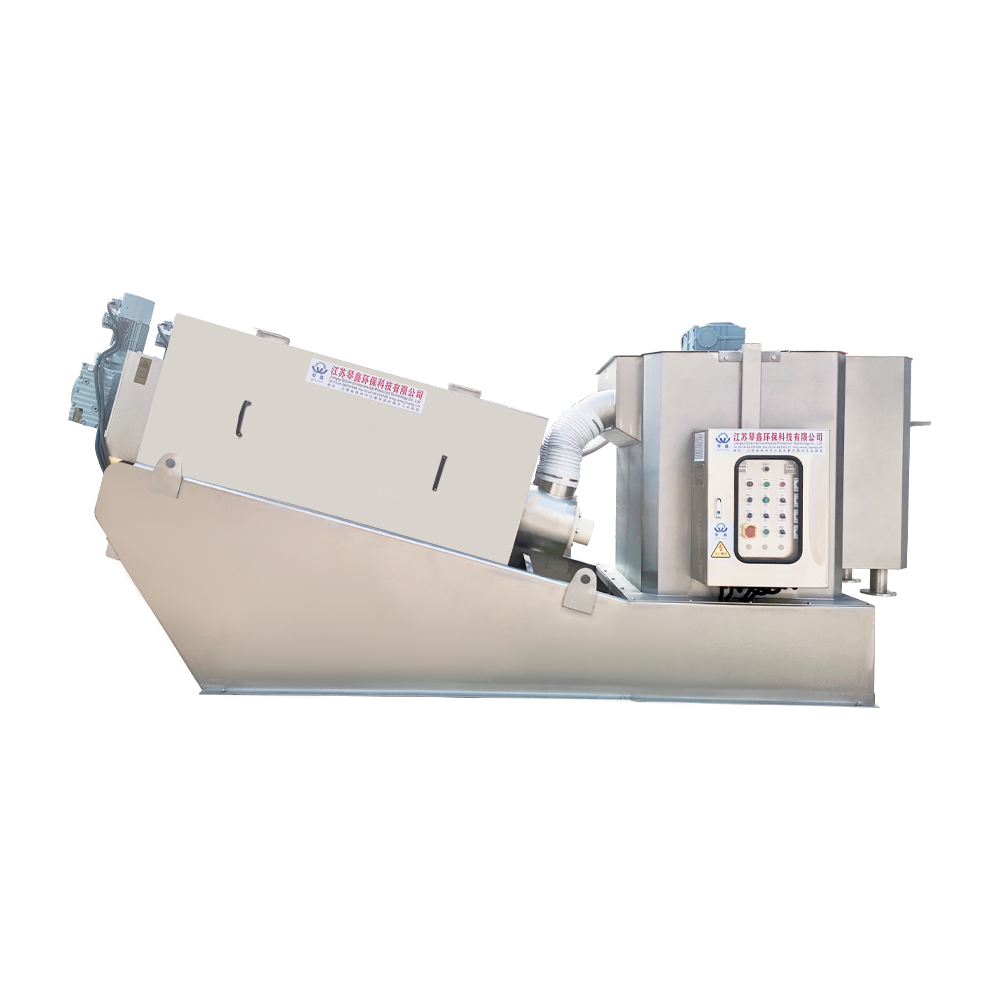
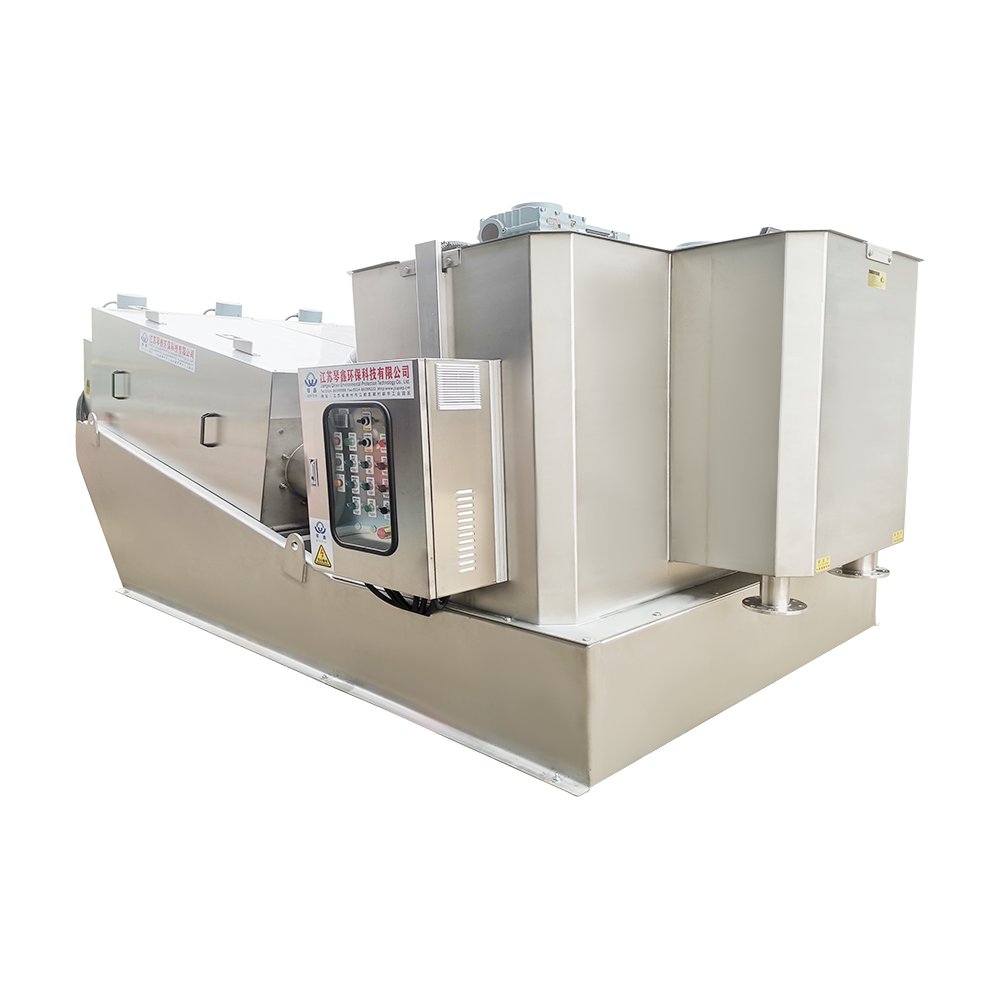
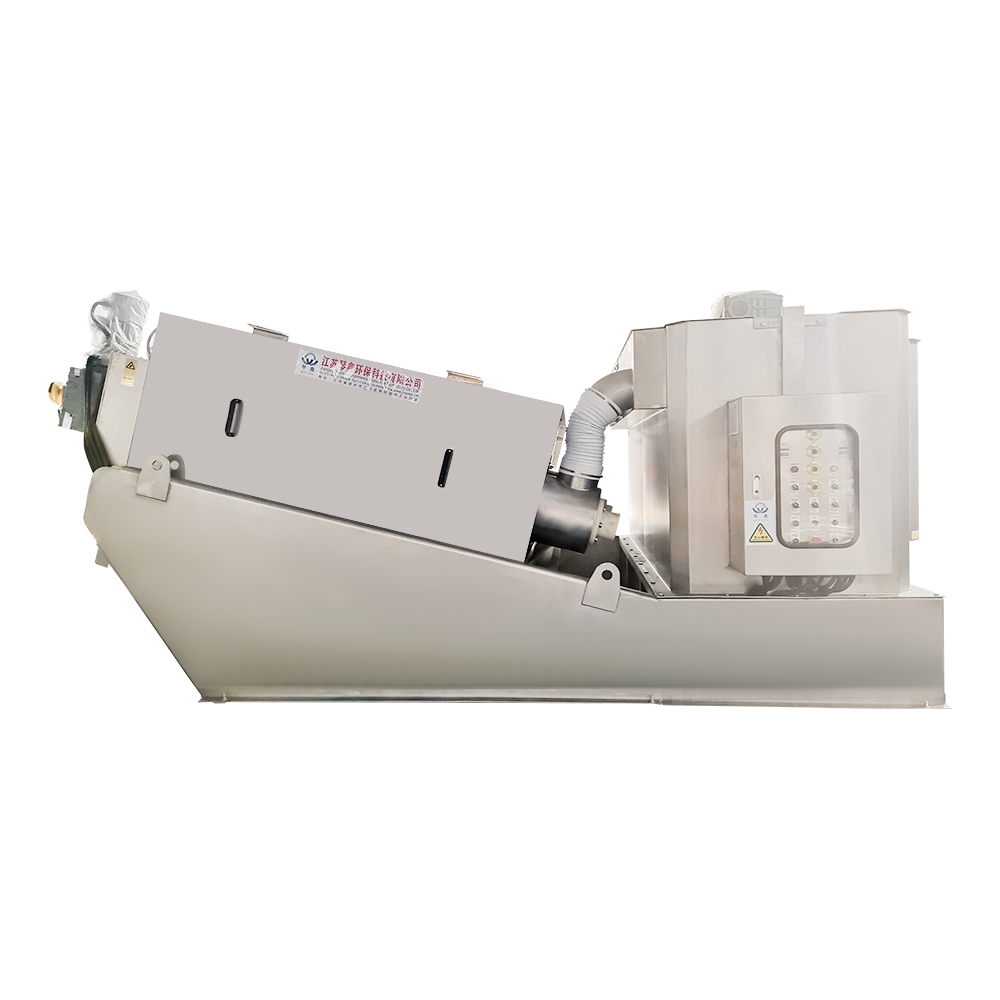
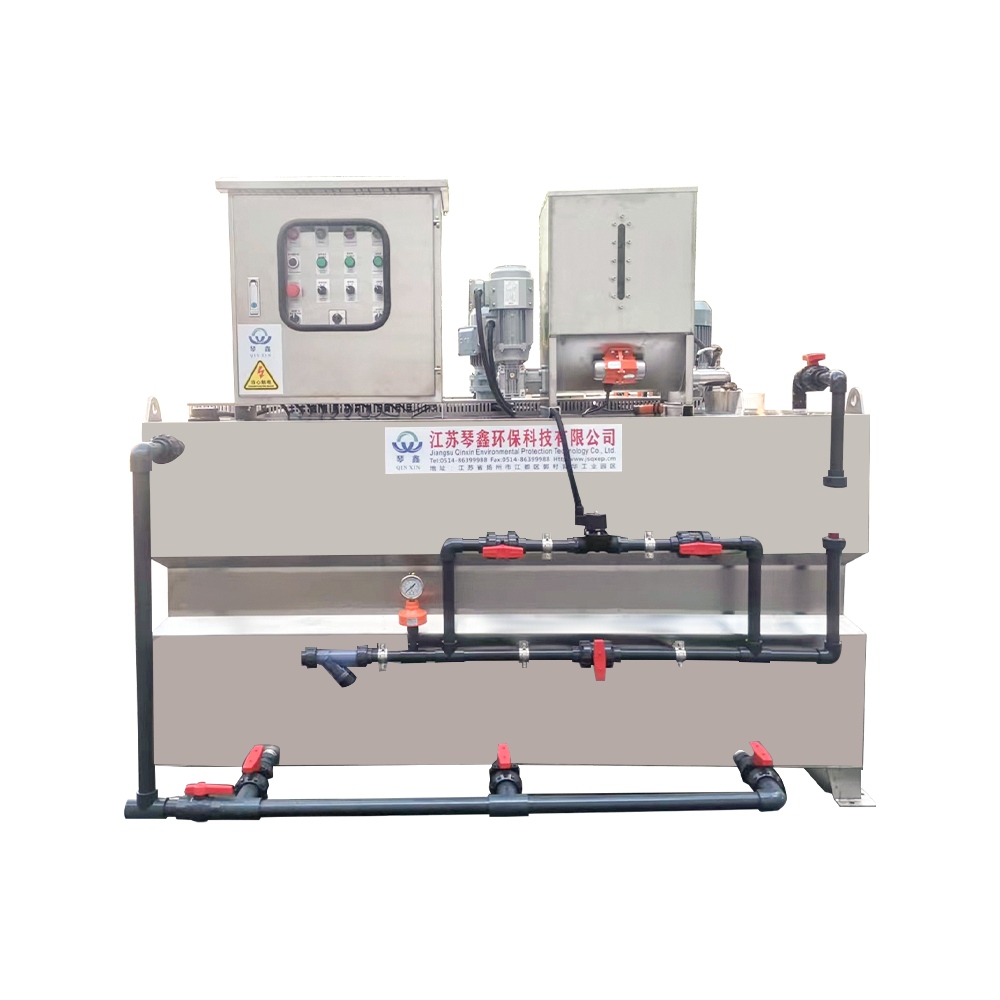

 TOP
TOP